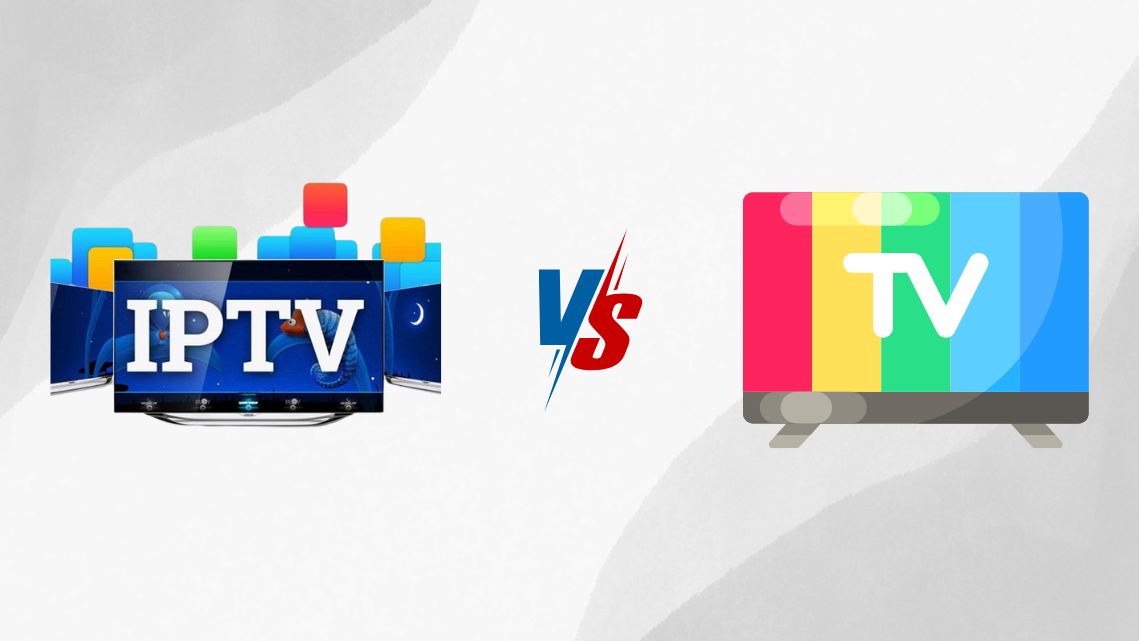Benefits of Using Open-Source Software and Alternatives to Proprietary Programs
In the realm of software applications, users often have a choice between open-source software and proprietary programs. Open-source software refers to programs with source code that is accessible and can be modified by users, while proprietary programs are controlled by their developers. This guide delves into the advantages of opting for open-source software and exploring alternatives to proprietary programs. By understanding the benefits of this approach, you can make informed decisions about the software you use, whether for personal or professional purposes.
Understanding Open-Source Software
Learn about open-source software, its collaborative development, and the benefits it brings to functionality and security.
Cost-Efficiency and Accessibility
A major advantage of open-source software is its cost-effectiveness, often available for free and accessible to individuals and organizations of all sizes.
Customization and Flexibility
Explore the flexibility offered by open-source software. Learn how users can modify the source code to tailor the software to their specific needs. This level of customization can lead to improved functionality and user experiences.
Community Support and Collaboration
Discover how the open-source community plays a pivotal role in the development and support of these programs. This section delves into how collaborative efforts lead to rapid bug fixes, updates, and continuous improvements.
Security and Transparency
Address the myth that open-source software is less secure than proprietary alternatives. Uncover how the transparency of open-source projects enhances security, as vulnerabilities can be identified and addressed more swiftly.
Alternatives to Proprietary Programs
Shift the focus to alternatives to popular proprietary programs. Explore how open-source options like LibreOffice (alternative to Microsoft Office) and GIMP (alternative to Adobe Photoshop) provide comparable functionality without the associated costs.
Enhanced Compatibility
This section highlights the compatibility of open-source software across different operating systems. Unlike some proprietary programs that may only work on specific platforms, many open-source applications are designed to be versatile.
Reduced Vendor Lock-In
Dive into the concept of vendor lock-in and how it can be mitigated through the use of open-source software. Learn how reliance on proprietary programs from a single vendor can limit flexibility and increase long-term costs.
Long-Term Sustainability
Explore the sustainability of open-source software projects. Learn how the collaborative nature and broad community support contribute to the longevity of these programs, ensuring continued updates and improvements.
Empowering User Choice
Conclude by emphasizing the empowerment of users through the adoption of open-source software and alternatives to proprietary programs. By making conscious choices, users can contribute to a more diverse and inclusive software ecosystem.
Here are some additional resources.
conclusion
The benefits of using open-source software and alternatives to proprietary programs are manifold. From cost-efficiency and customization to enhanced security and community collaboration, open-source options provide a compelling solution for individuals and organizations alike. This guide has equipped you with insights into the advantages of this approach, empowering you to make informed decisions about the software you incorporate into your digital life.





